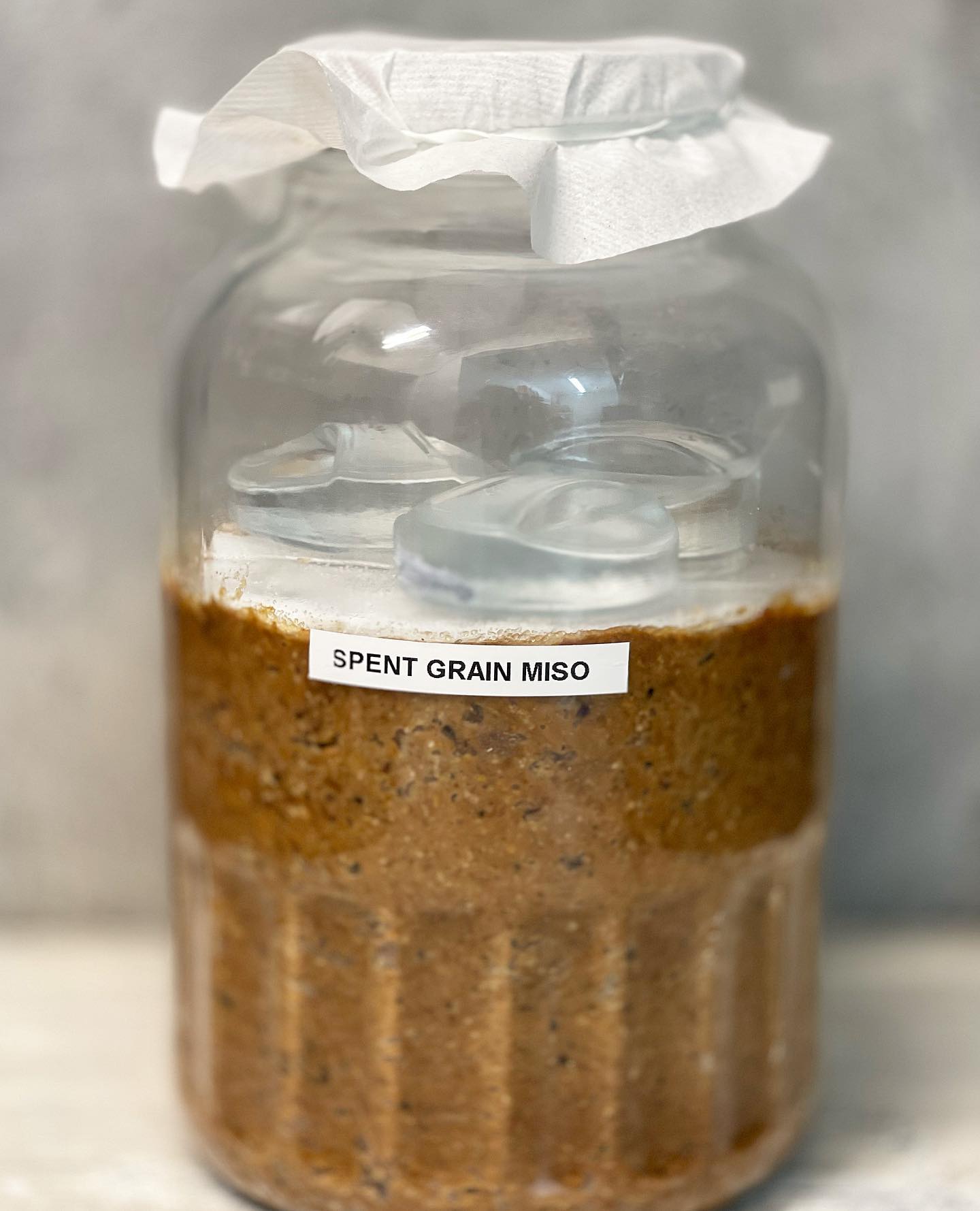Elizabeth Yorke, the founder of Saving Grains, tells us that we can cook with brewery byproducts, and shows us how.
Back in 2016, I was going through a ‘bread phase’. I wanted to find out what made the best tasting sourdough loaf. This curiosity landed me on an internship with bread historian William Rubel. We recreated historical breads, focusing right down to the grain variety, sieves (for grain particle size), and we even kneaded bread with our feet, because one recipe called for it!
Through this journey I came across this magical grain that everyone, ironically, was calling spent grain – a byproduct of the beer industry that is often considered food waste.
Beer brewing involves soaking malted grain in hot water. The sugars are extracted from the grain and the liquid goes on to be fermented and that’s what makes the beer.
In the initial stage of this process, we are left with a hot mash of malted grain (wheat, barley and oats) which is known as spent grain. It contains no alcohol. This grain is flavourful and malty and rich in protein and fibre. It is devoid of most of its carbohydrates, which is why it is known as “spent grain” – spent of carbohydrates.
This was ironic, I thought, because once I started cooking and baking with this spent grain I found that there were tons of malt flavour notes and interesting textures in this grain. Also what was even more amazing was that it had high protein (23 per cent) and fibre (46 per cent). It was spent of carbs, yes, but it was also super rich in flavour and nutrition!
So why aren’t we eating more of this beer grain? Here’s my guide on how to get your hands on some of this good grain and how to cook with it.
1. Forage for a microbrewery
This grain can be all around us, and we just don’t know it. Especially in a city like Bangalore, where I’m from, we have 60 to 70 microbreweries. Each brewery uses approximately 200 kilograms of grain to brew 1,000 litres of beer. This means roughly 12,000 kilograms of this grain is left over. The next time you are hanging out at your favourite microbrewery, take a small ziplock bag along with you (that’s how I started!), and ask your server or brewer if they have got some spent grain.
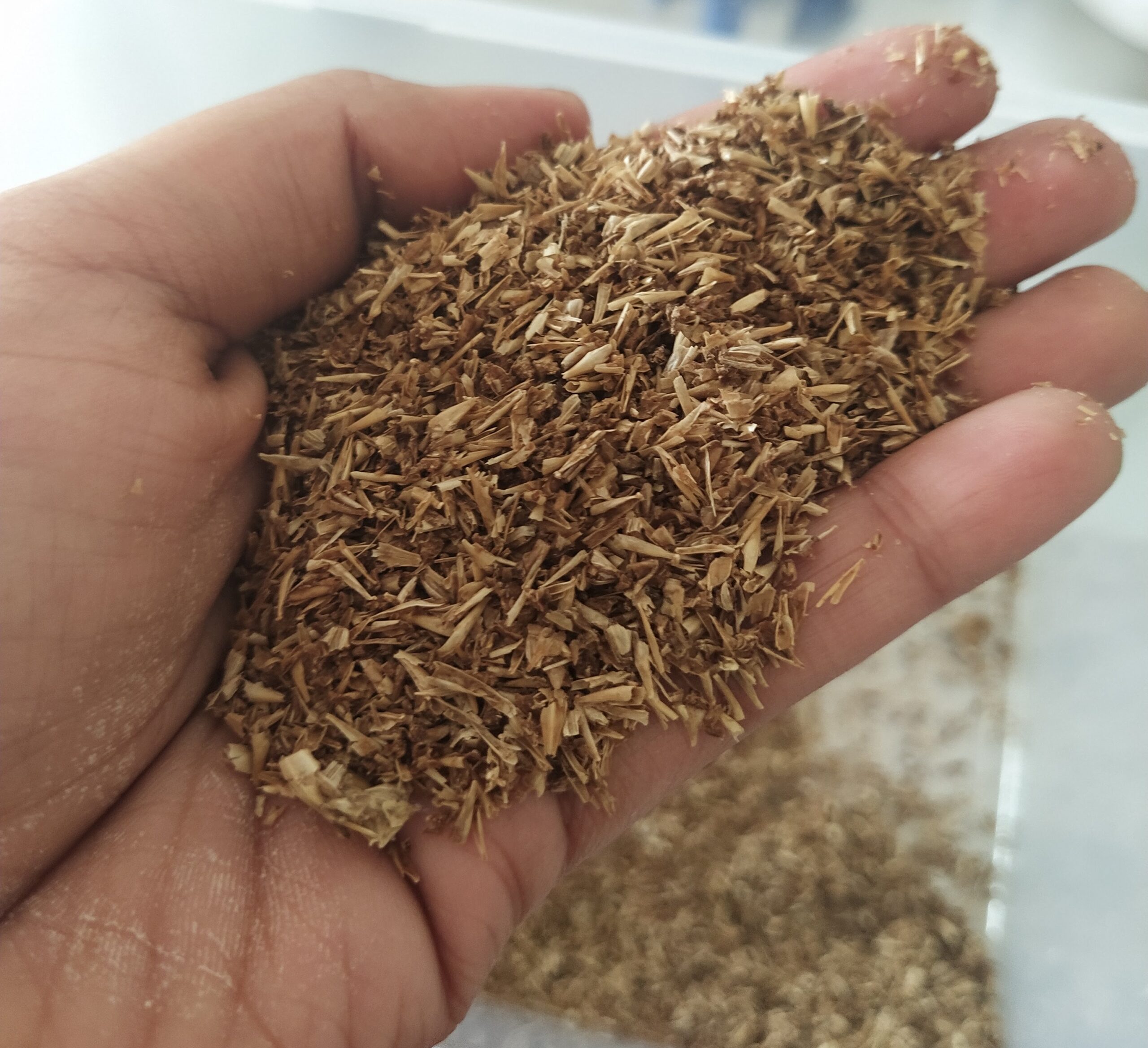
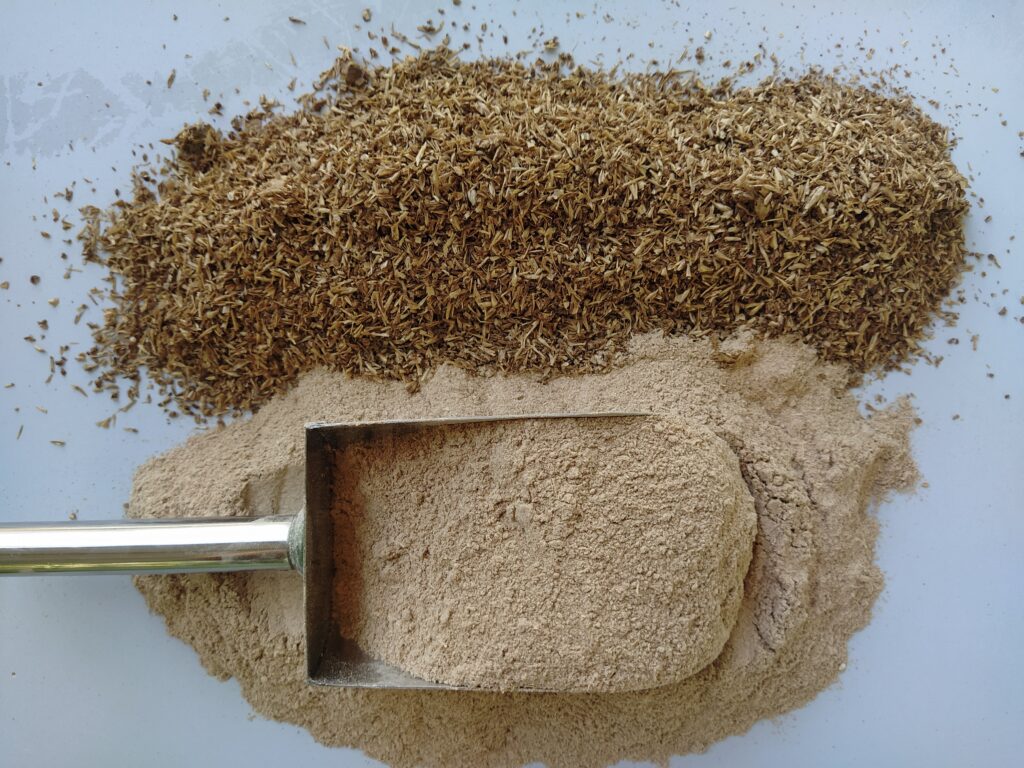
2. When in doubt dry it out
Once you’ve got your hands on this porridge-like mash, the easiest first step to preserve the grain is extract all its moisture, or as much as possible. This can be done in a home oven. Knock the temperature down to 100-120º C. Thinly spread out your wet spent grain on a tray. Keep moving the grain around every hour or so, until it is completely dry. You can then mill it into a flour in a home flour mill, or blitz it into a fine powder in your mixie jar. Blend the spent grain flour with your regular wheat flour to add flavour and fibre. We use 50 per cent spent grain flour in our cookies, giving them a lovely chocolatey colour and super malty flavour. Nobody will guess there’s no cacao involved.
Here’s where you can get creative: Mix the flour into baked goods, pancakes, or bread or even your favourite laddoo! The possibilities are endless, and the flavours are incredible!

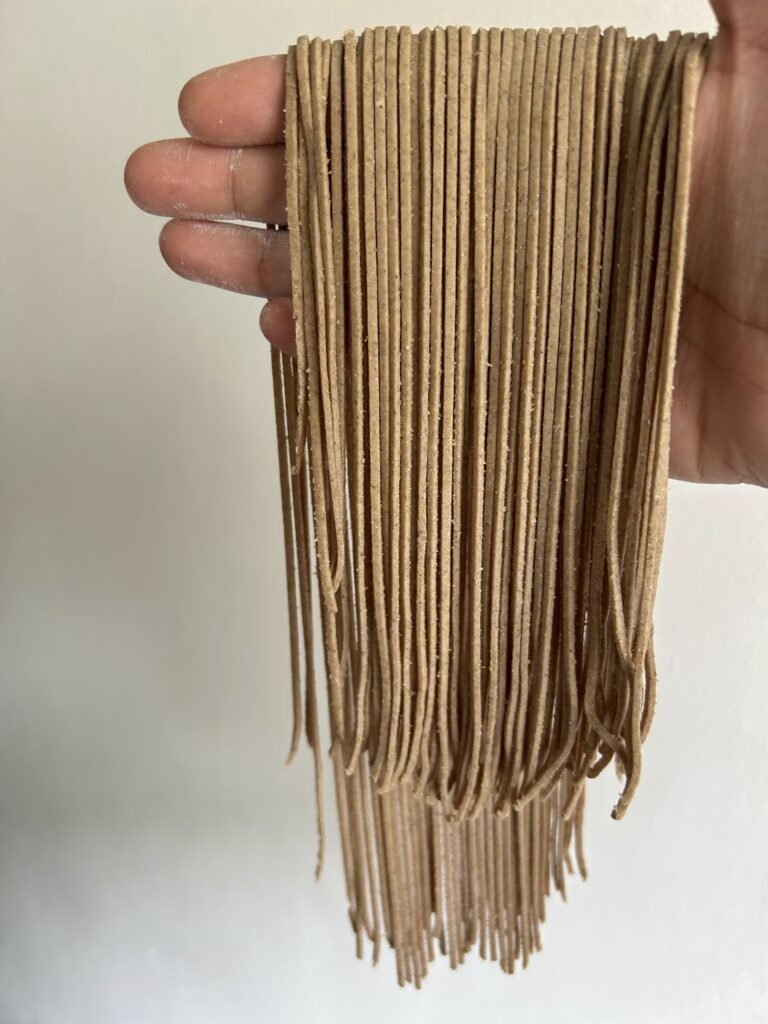
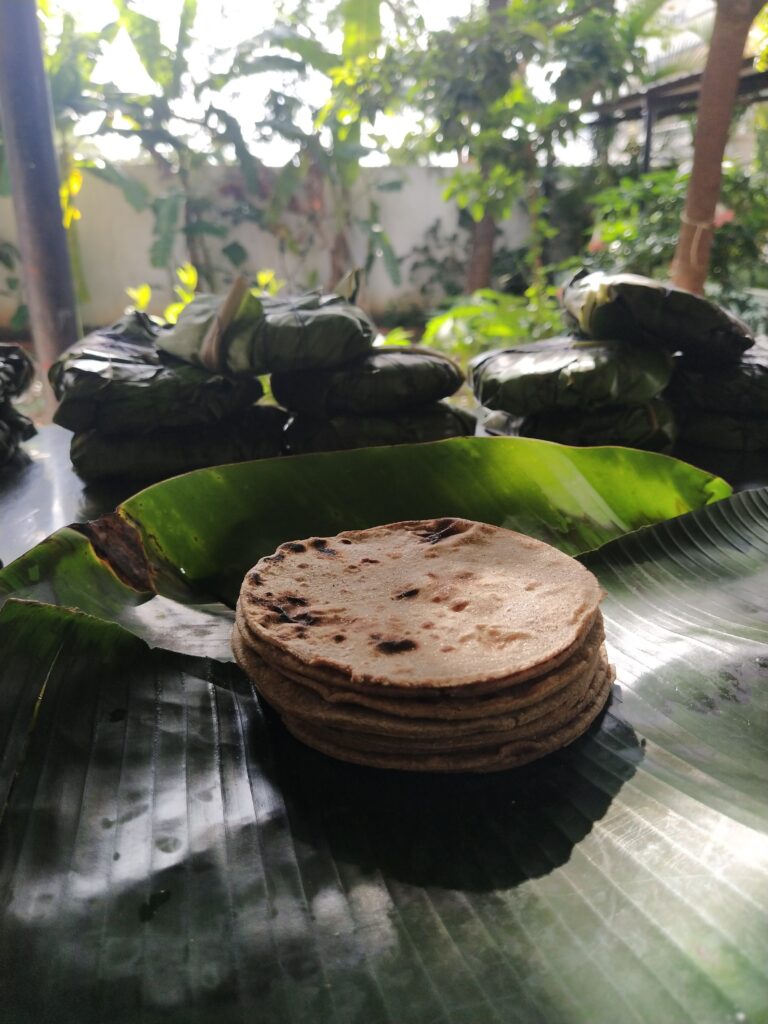

3. Don’t shake it till you have baked it
Even though the whole wet spent grain is fibrous, when it’s blended with the right ingredients it makes some fun textured snacks. Want to eat beer for breakfast? Mixing some of this grain into your granola adds some fun malty flavours into your breakfast bowl. When used to crumb-baked anything, spent grain lends a nice crunch.
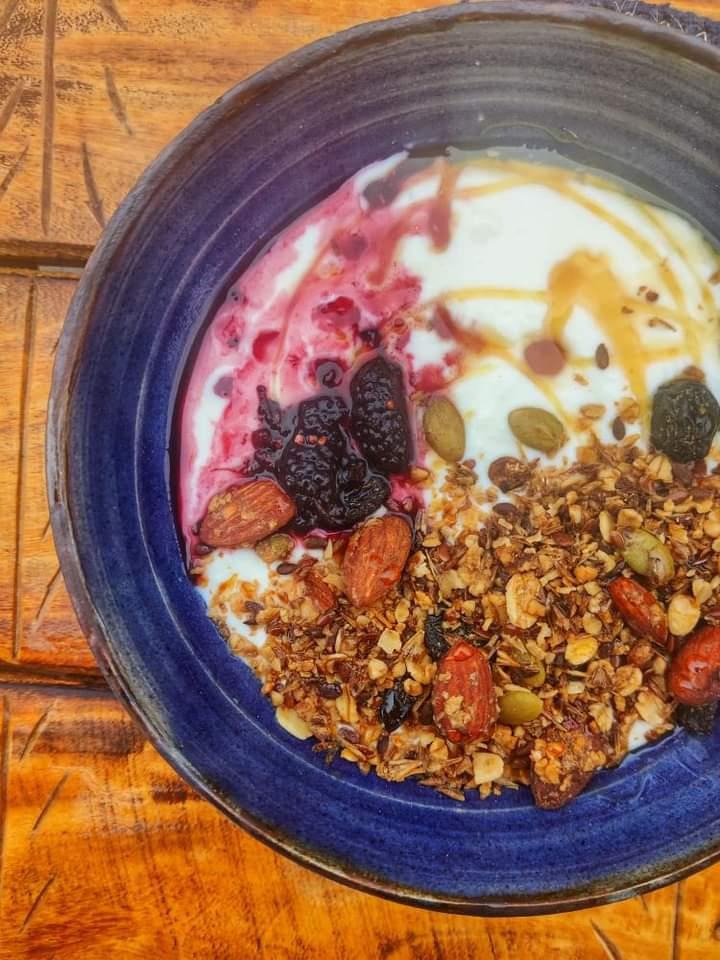
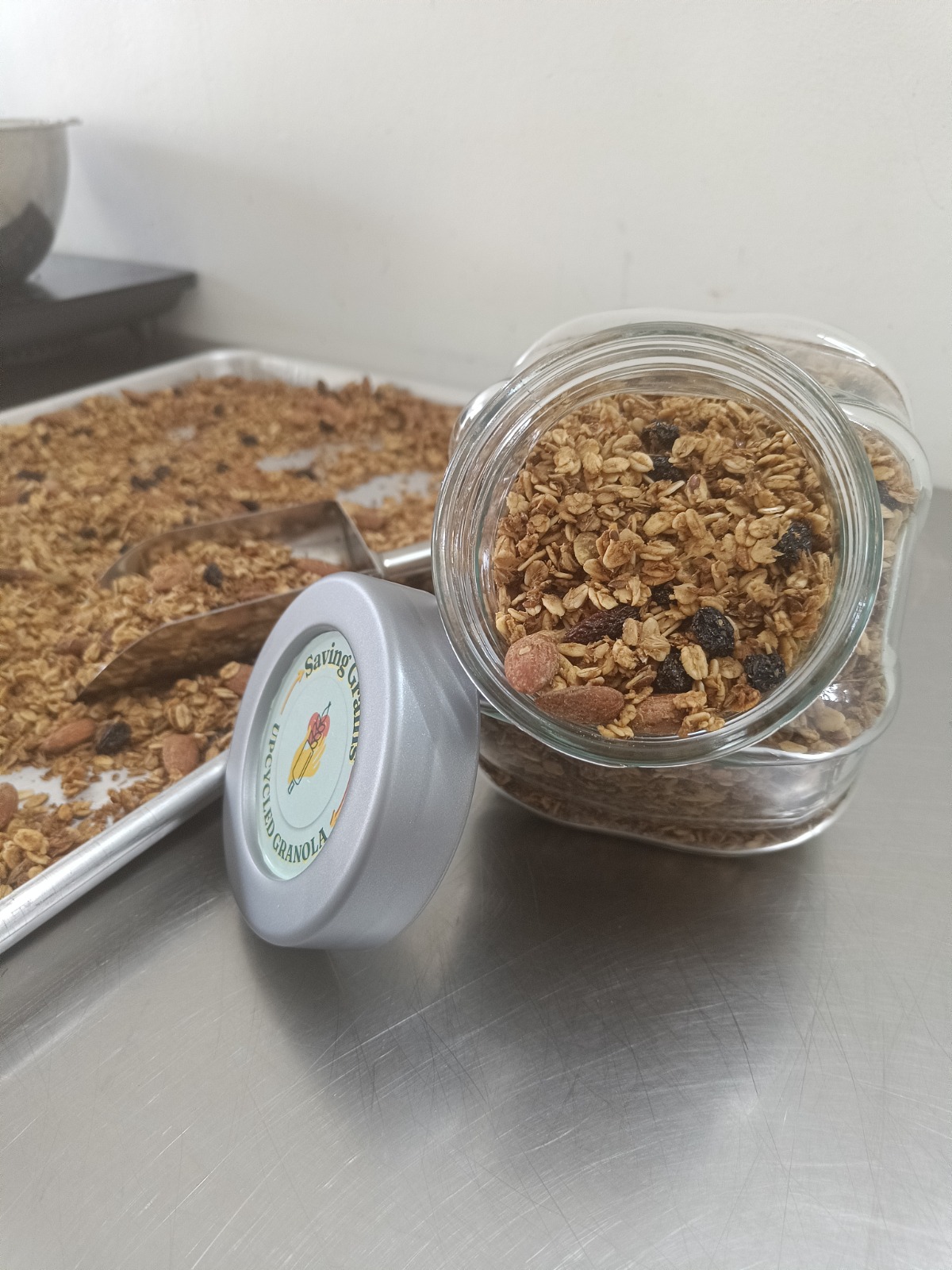
4. Activate those microbes
Fermentation is everyone’s friend. Spent grain, because of its high moisture, protein and fibre makes for some very interesting fermentation. Use it to make pickle beds, spent grain miso, or garum. At one point, restaurant Amass in Copenhagen was even making their own chocolate from spent grain – no cacao beans in sight – all from the power and flavours of brewers’ spent grain.
5. Tell your (beer) friends
Brewer’s spent grain is an exciting and relatively new ingredient in the Indian food scene with its abundant flavour potential and limitless experimental possibilities. The key to unlocking its full potential lies in the collaboration between chefs and brewers, who must join forces to create delectable and innovative dishes.
By bridging the gap between the kitchen and the brewery, chefs and brewers can build on each other’s expertise, resulting in extraordinary culinary ideas that push boundaries. So, the next time you order a refreshing beer, don’t forget to ask for a side of spent beer grain.

Elizabeth Yorke is the founder of Saving Grains, a community centred initiative to upcycle brewers spent grain in Bangalore, India.
Header Image Credit: Cookies by cats eye kitchen.



